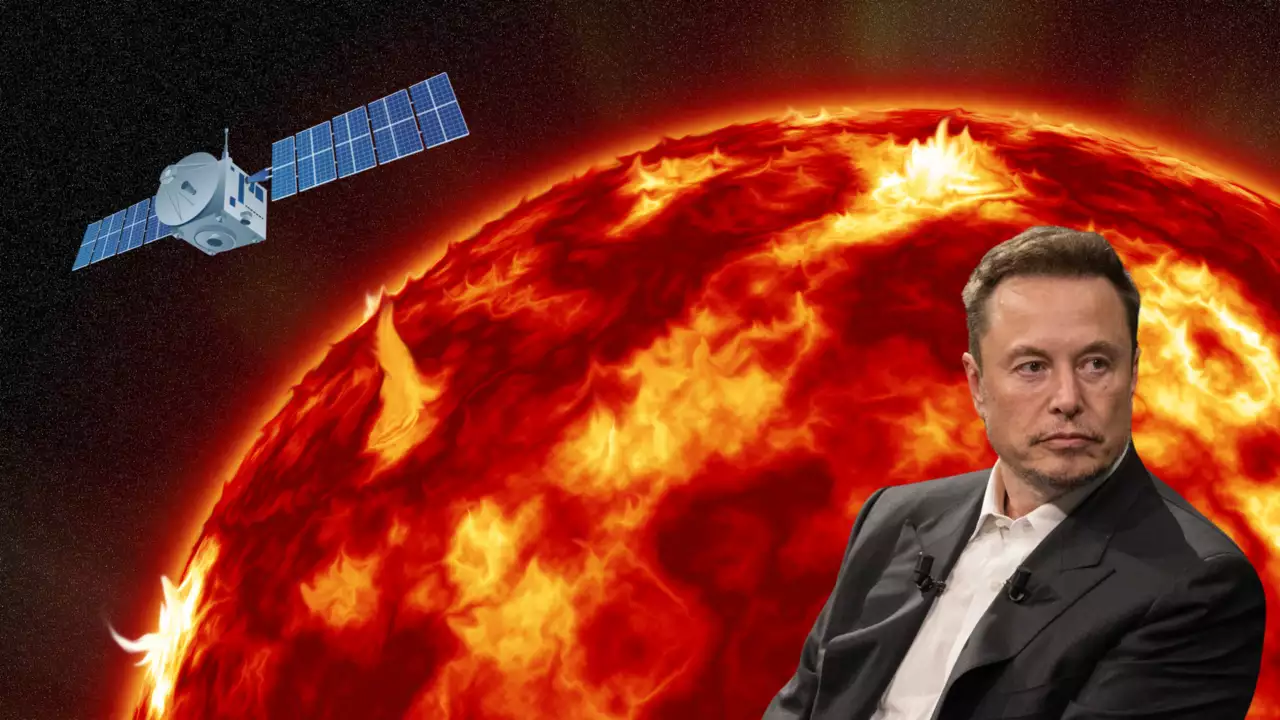In what is being hailed as one of the most severe geomagnetic storms in the last two decades, SpaceX’s satellite internet service, Starlink, faced significant challenges over the weekend. The storm, a result of intense solar activity, has led to widespread concerns over satellite and power grid stability worldwide. SpaceX, a leader in satellite technology, reported “degraded service” due to the storm’s impact.
Elon Musk, the visionary CEO behind SpaceX, took to X (formerly Twitter) to reassure users that while the Starlink satellites were under pressure, they were “holding well.” This resilience is crucial as Starlink controls a dominant 60% of the 7,500 satellites orbiting Earth.

The Impact of a G5 Geomagnetic Storm
According to the US National Oceanic and Atmospheric Administration (NOAA), this geomagnetic storm, the most intense since October 2003, could disrupt not only satellite operations but also power grids and navigation systems globally.
NOAA’s forecast suggests that the storm could last the entire weekend, posing a sustained threat to technological infrastructures.

Geomagnetic storms, caused by solar wind energy interacting with Earth’s magnetosphere, often lead to dramatic increases in the northern and southern lights.
This particular storm has been no exception, with unusual sightings of the aurora as far south as Florida, Texas, and Alabama, painting the skies in vibrant hues of pink, green, and purple.
SpaceX reported that all Starlink satellites on-orbit weathered the geomagnetic storm & remain healthy 🛰️ pic.twitter.com/St9GP1Gn9x
— Dima Zeniuk (@DimaZeniuk) May 13, 2024
SpaceX’s Starlink Pioneering Satellite Technology
Amidst the celestial drama, SpaceX continues to innovate. Earlier this year, at the Satellite Show conference in Washington, SpaceX President Gwynne Shotwell announced that the company is now offering its sophisticated satellite laser technology to other corporations.
This technology, which facilitates rapid data transfers via optical inter-satellite links (ISLs), is a cornerstone of the Starlink network’s high-speed internet service. These ISLs allow Starlink satellites to communicate directly without needing to connect through ground stations, enhancing speed and reducing latency.
The system boasts over 8,000 lasers capable of 100 Gbps data throughput, underlining the robust infrastructure designed to handle up to 42 petabytes of data daily across its global user base.

A Look Ahead: The Future of Satellite Internet
As the storm subsides, the focus will shift to assessing the full impact and the resilience of satellite networks like Starlink. The incident underscores the growing importance of satellite internet in our increasingly connected world and the need for robust systems that can withstand the formidable power of solar activity.
SpaceX’s ongoing advancements in satellite technology not only promise to revolutionize global internet connectivity but also demonstrate a proactive approach to dealing with cosmic challenges.
As we continue to expand our technological horizons into space, the lessons learned from this geomagnetic storm will undoubtedly inform future innovations in satellite communications.
In the meantime, Starlink’s performance during this solar test provides a silver lining: the promise of a resilient, interconnected future, even as we face the unpredictability of solar storms.










